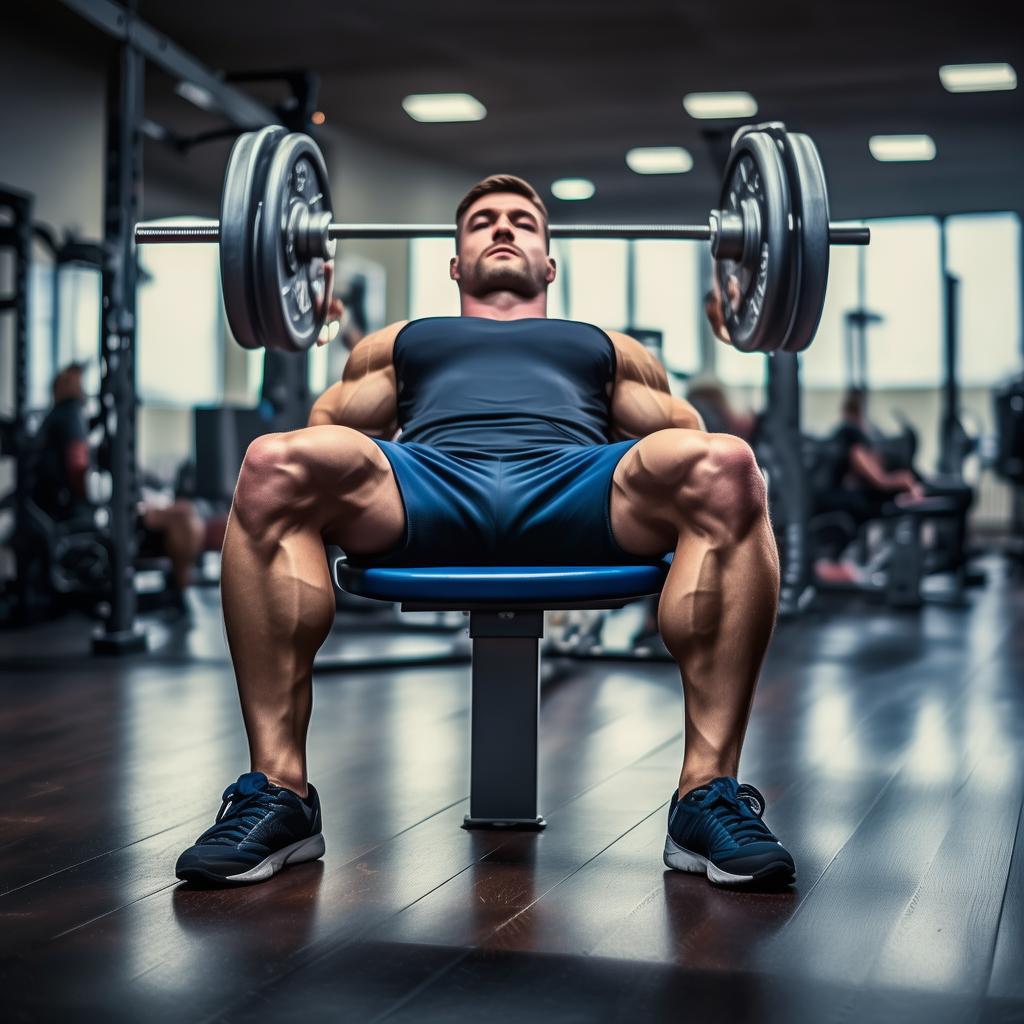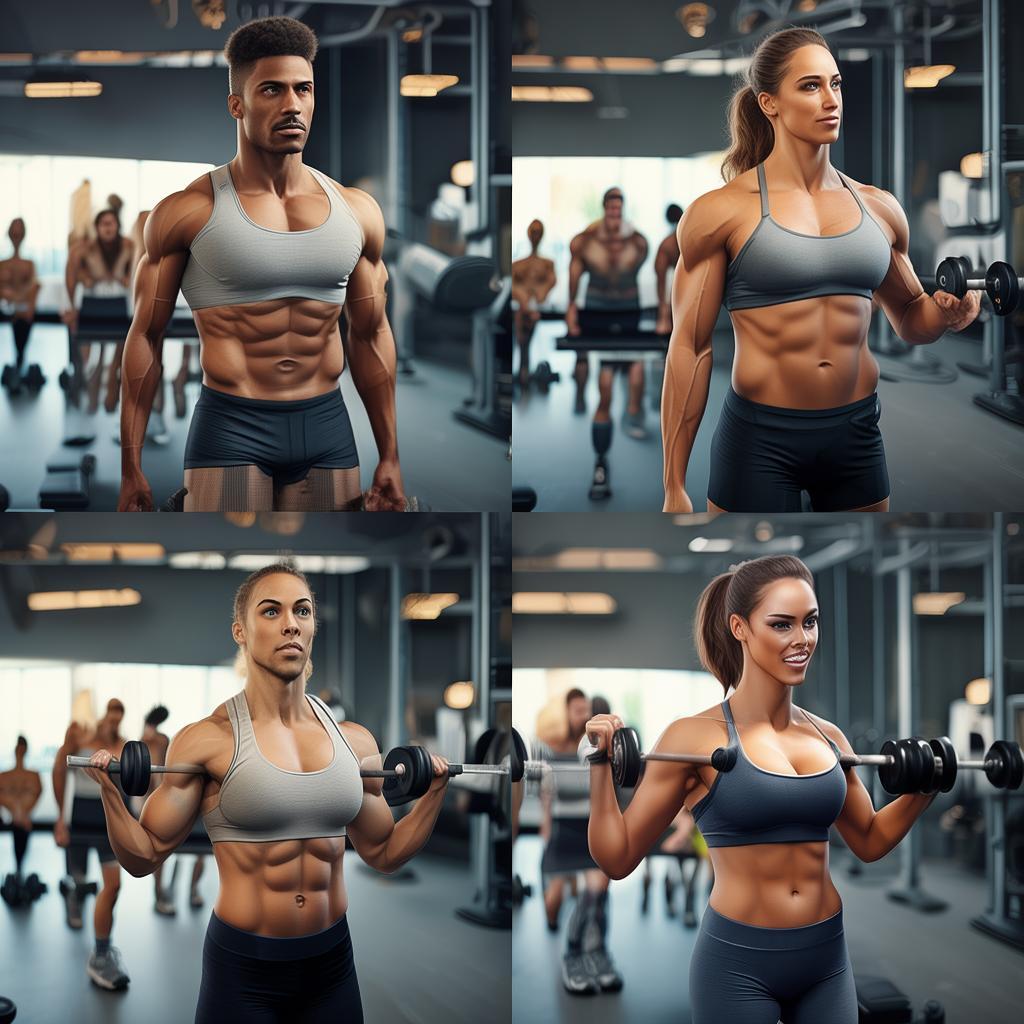Introduction
When the topic of squats comes up, many people might think, “Oh, I know that! It’s just like taking a horse – stance squat, easy peasy!” However, squats are far from being as straightforward as they seem at first glance. Squatting too low can not only be strenuous but also pose a risk of injuring the lumbar muscles. On the other hand, if the squat is not low enough, it may seem ineffective.
The Benefits of Squats
The deep squat is a great exercise for the thigh muscles. When performing deep squats, the quadriceps, biceps, and gluteus maximus muscles are engaged, which means that consistent deep – squat practice can also enhance leg strength.
Different Types of Squats
There are two main categories of squats: unarmed squats and weighted squats.
Unarmed Squats
The unarmed squat is a common type we can do daily. We can hold our hands flat in front of the chest and keep the upper body upright while squatting. Alternatively, we can hold our hands above our heads for deep squats. Compared to weighted squats, unarmed squats are relatively less challenging.
Weighted Squats
Weighted squats generally require adding weight to the body during the squat. For example, we can hold dumbbells in our hands or use a barbell for squats. When using a barbell for weighted squats, there are three common movements:
-
Support Squat
In this movement, we place the barbell on our back, straighten our arms, and then do deep squats. When performing the support squat, we need to tighten the deltoids and obliques. The wrists, elbows, shoulders, chin, and barbell should all be in the same plane. Practicing this movement can enhance joint flexibility and muscle strength.
-
Front Deep Squat
This movement requires shifting the barbell to the front of our body, adjusting it to the clavicles and deltoids so that the barbell and our body are in a “Three – point” position. We need to tighten the body muscles and keep the upper body straight. It requires a high level of joint flexibility and is an excellent exercise for the quadriceps. Although it is a bit difficult, with diligent practice, the difficulties can be overcome.
-
Back Squat
Unlike the front squat, the back squat requires placing the barbell behind the neck. When doing a deep squat, it is crucial to keep the head up. Many people wrongly think that keeping the head down is correct, but in fact, the head – up position is right. The back squat is currently a popular movement as it works not only the quads but also the glutes and appears relatively simple. However, to be effective, we must standardize our movements.
Three Aspects to Note for a Good Squat Practice
Deep squats may seem simple, but to train a good deep squat, we need to pay attention to the following three aspects:
-
Protect the Spine
The spine bears some pressure when we do squats. Appropriate pressure is fine, but excessive pressure can easily lead to spinal problems. When doing squats, especially weighted squats, we must keep the movements standard and protect the spine at all times. We should master the “degree” of squats to avoid spinal injuries due to over – confidence.
-
Pay Attention to the Practice Degree
If you are not a professional fitness instructor or an experienced fitness enthusiast, when doing deep squats, your thighs should be kept parallel to the ground. This can prevent the spine from bending. If you can’t maintain this standard distance precisely, it’s okay as long as you feel a stretch in the hip muscles when squatting. Also, experienced fitness enthusiasts can withstand more intense exercise than novices. So, when practicing deep squats, don’t compare yourself to others as everyone has a different starting point.
-
Reasonable Arrangement of Practice Time
Many people are impatient and think that squatting today will lead to weight loss and perfect legs tomorrow. This is neither possible nor scientific. When practicing squats, we need to arrange our time wisely. It’s not advisable to do just one set a week or over – practice for a long time. It is recommended to start with simple unassisted squats and then gradually increase the intensity to practice weighted squats. The intensity of each exercise should be controlled according to our own situation and not exceed our tolerance range.
In conclusion, if we want to achieve the goals of fitness through squats, we must first have a positive mindset and believe that as long as we persevere in exercising, we will surely see results.





